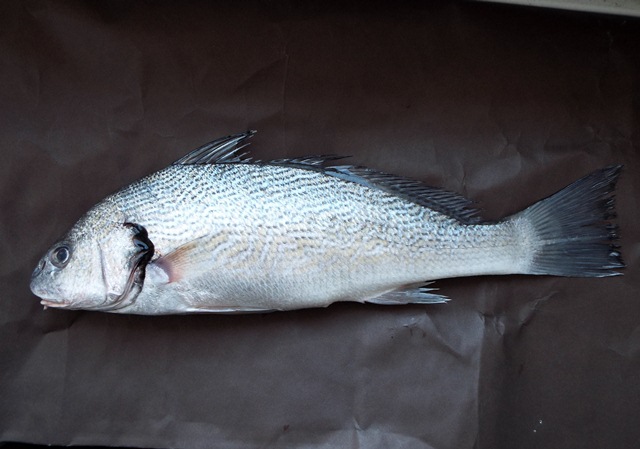David Wilson
Contributor
Thanks for the likes, Sam, Jale and Angelo.
Up for review today is the Tigullio Marina snorkel-mask. Here it is in the 1960 catalogue:
 Caption: "Art. 530 - « MARINA ». Full face polished blue rubber mask with built-in snorkel, new patented « CIGNO » automatic obturator and snap-on rim."
Caption: "Art. 530 - « MARINA ». Full face polished blue rubber mask with built-in snorkel, new patented « CIGNO » automatic obturator and snap-on rim."
So what we have is a single-snorkel model with a snap-on rim rather than the traditional stainless-steel rim with a top screw. Note the unusual "Cigno" (=Swan[-neck]) float valve, which was patented (drawing below)

And here is the same product in 1961:
 Italian: "Maschera « MARINA » con valvola brevettata che permette una chiusura ermetica in qualsiasi posizione si trovi il subacqueo."
Italian: "Maschera « MARINA » con valvola brevettata che permette una chiusura ermetica in qualsiasi posizione si trovi il subacqueo."
Rough translation: "'MARINA' mask fitted with a patented valve enabling the diver to have a leak-tight seal in any position."
Up for review today is the Tigullio Marina snorkel-mask. Here it is in the 1960 catalogue:
So what we have is a single-snorkel model with a snap-on rim rather than the traditional stainless-steel rim with a top screw. Note the unusual "Cigno" (=Swan[-neck]) float valve, which was patented (drawing below)
And here is the same product in 1961:
Rough translation: "'MARINA' mask fitted with a patented valve enabling the diver to have a leak-tight seal in any position."








